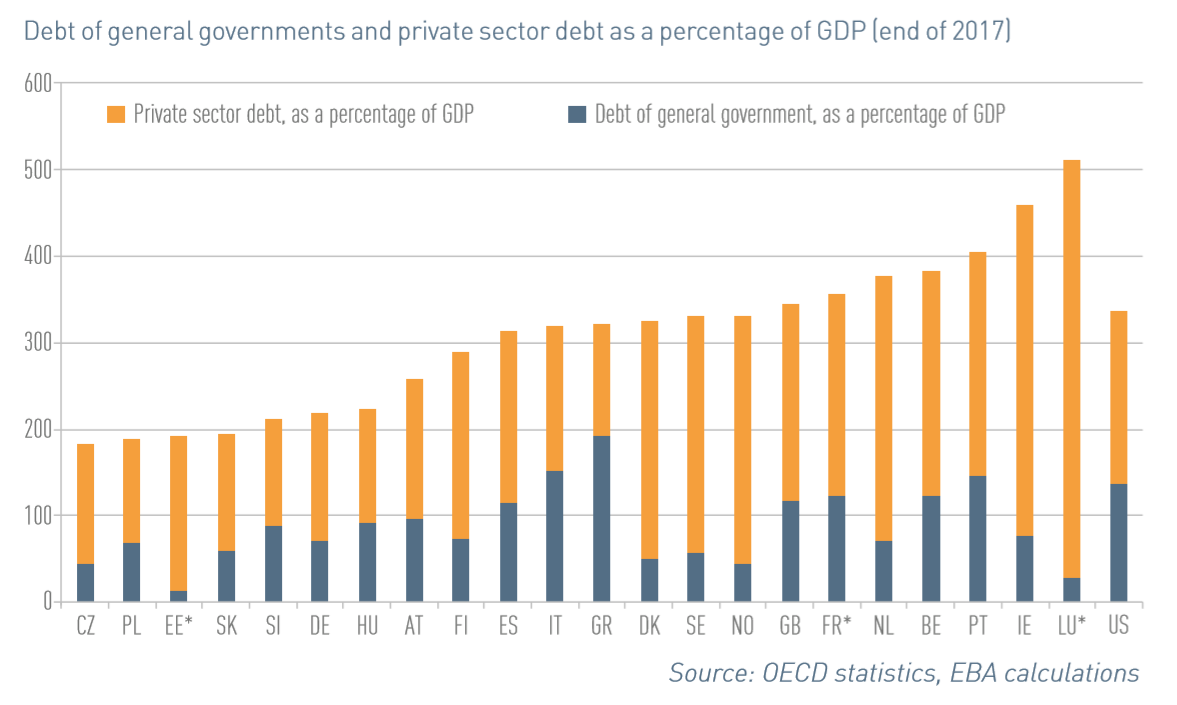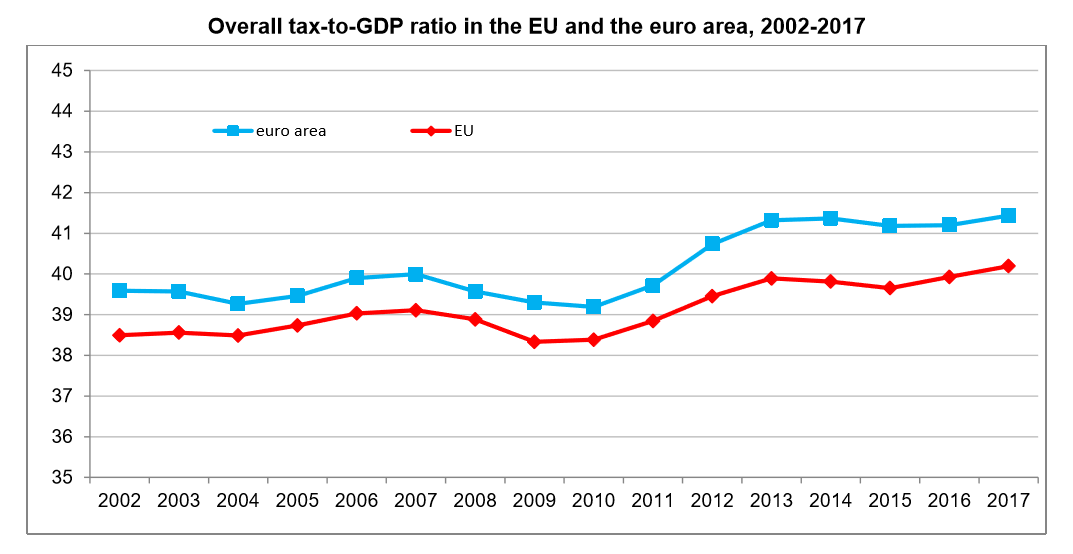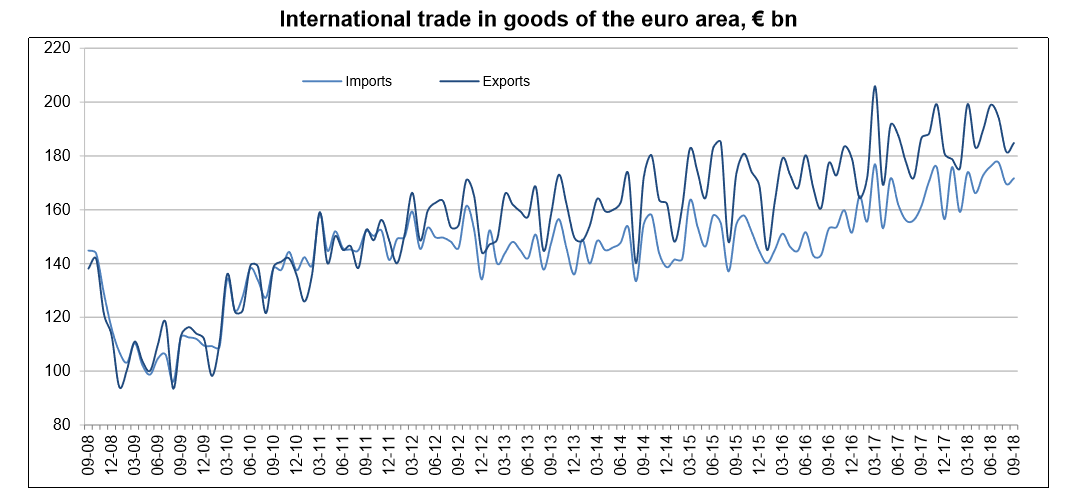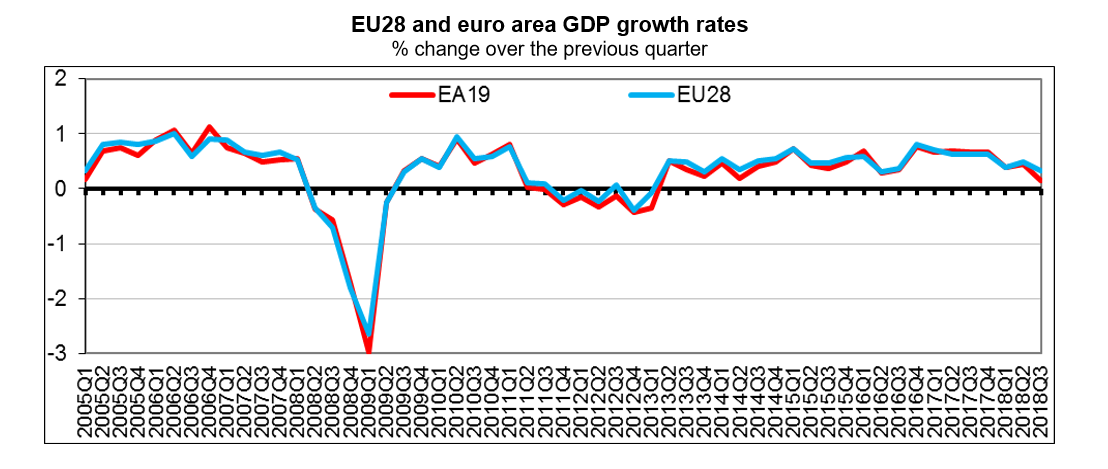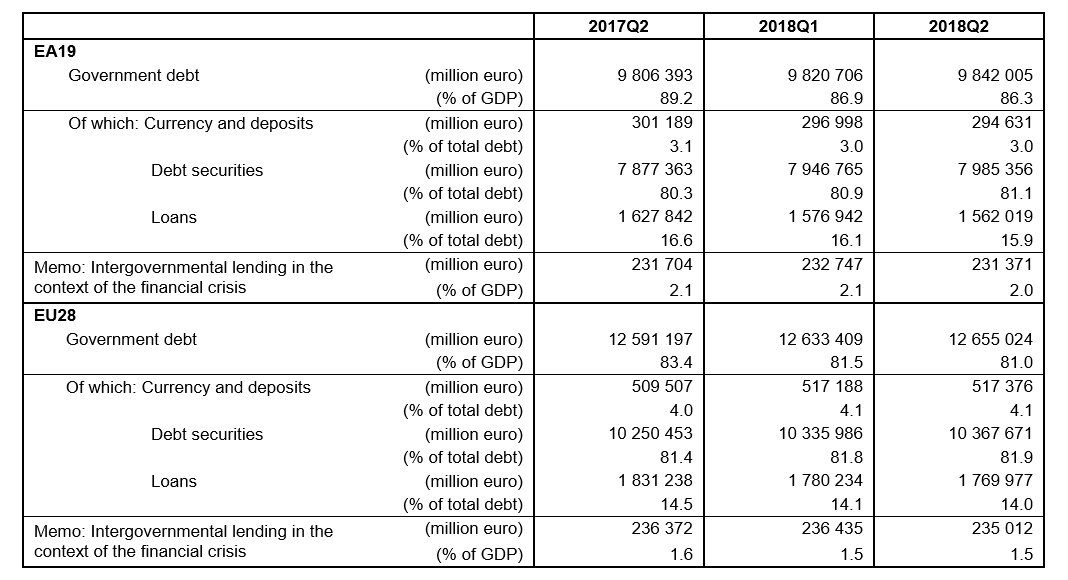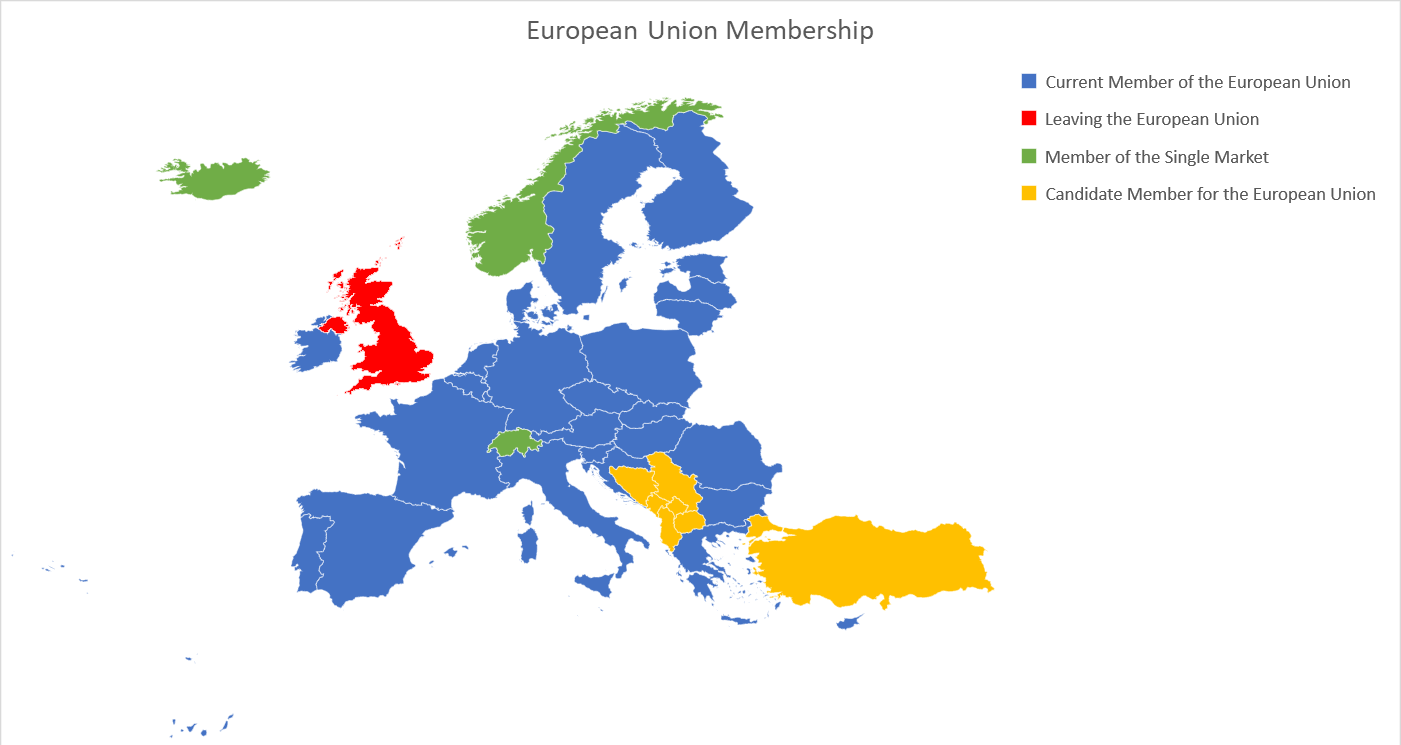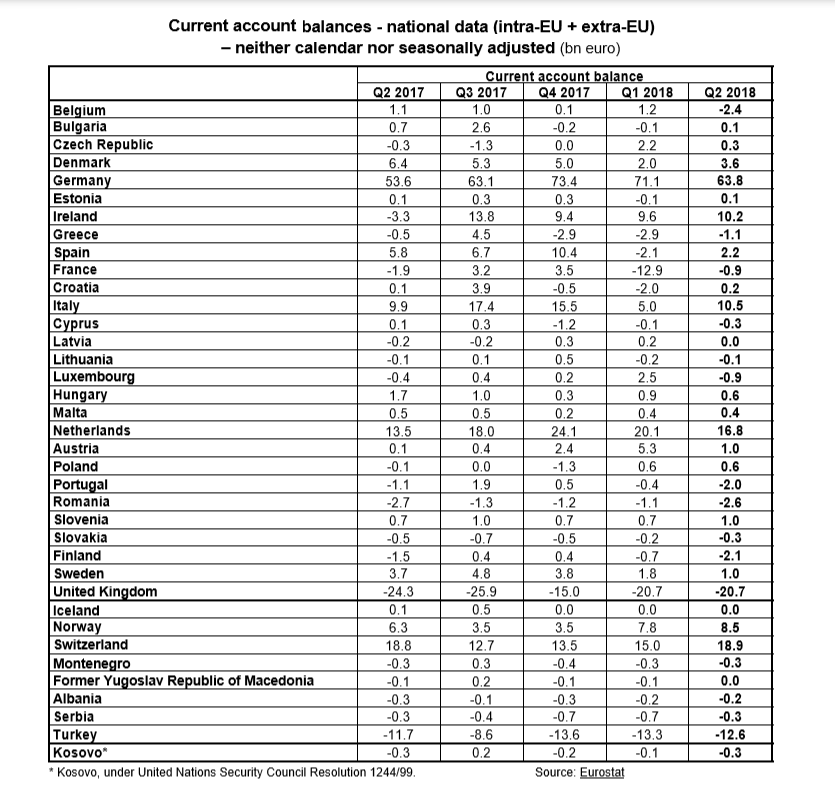We have been publishing a number of statistics for the United Kingdom and the European Union over the last few weeks in the run up to a major piece we will be publishing on the real economics of Brexit. This is the final piece before we publish our post on the real economics of Brexit.
How reliant is the United Kingdom on the European Union for trade? The answer to that is around 52% in 2017 (down from 59% in 1998 and 55% in 2008). 48% of UK exports go the European (EU) Union but 55% of UK imports are from the European Union. Exports to the EU have been decreasing but imports have been increasing. 69% of the trade deficit of the United Kingdom can be attributed to trade with the European Union.
Continue reading “The story of UK trade with the European Union for the last two decades”

